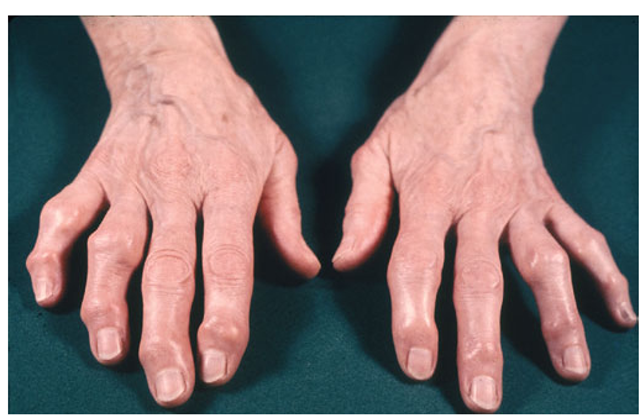At St Kilda Osteopathy we see a lot of different people of all ages and complaints and with a large variety of postures. What makes our jobs so interesting is that each body responds different to stresses and also to treatment. This means each appointment is tailored and specific to what your body needs.
Posture is defined as the how someone holds their body when they are standing or sitting. Good posture requires muscular and skeletal balance and control, providing protection and support of structures of the body against injury – acute or chronic. When we have poor posture, it produces strain on the supporting structures, making our bodies work less efficiently. This differs from person to person, but everyone has the same “ideal” guide to allow for optimal function.

As a general rule when standing, we want your line of gravity to fall straight down the side of your body. If we drew this imaginary line down the side of your body, it would go through:
- The ear lobe
- Shoulder joint
- Middle of trunk
- Hip joint
- Knee joint
- Ankle joint
If we follow this guide, it eliminates the chance of carrying our head forwards, rounding our shoulders, or rocking back onto our heels.
Alternative postures such as a military stance, sway back posture or forward head posture is a sign to osteopaths which muscles might be tight, over activated, or weak, and which joints are restricted or need more stability. This assists with our examination so we can create a specific treatment plan for you.
Other signs and symptoms from poor posture you may experience are:
- Back pain,
- Body aches and pains
- Headaches
- Muscle fatigue
- Pain worse at the end of the day
- Feeling better with exercise and movement.
Your osteopath will be able to help with improving your posture, and preventing any postural strains, aches and pains in the process. Not only will we be able to help with hands on treatment, but we can also provide you with useful tips regarding rehabilitation exercises, lifestyle adjustments, or ergonomic changes to help improve your posture.
Hands on osteopathic treatment can include the release of tight muscles, stimulate underactive muscles and increase joint mobility as well as body awareness and education about how you should be sitting and moving.
Improving posture is the key to prevention of postural pains. From clinical experience, being proactive gives much greater results than be reactive to pain!!!!
Our staple suggestions for patients are:
- Stretching the opposite way you’ve been sitting. If you’re leaning forward at your desk, stretch back the other way. Stretching particular muscle groups can help release tightness muscles – these can include stretching your hip flexors, quadriceps, hamstrings, pectorals and neck. Hold each stretch for 30seconds and remember to keep breathing while stretching!
- Keep moving. Don’t be stuck in the same position for too long. We recommend mixing up your positions every 45mins.
- Exercise regularly. This helps build muscle tone, strength and improves cardiovascular health.
- Practice correct posture. This can be done with equipment too. Sit with a small pillow behind your back to help promote the natural curve of your lumbar spine, use a foot stool, alternate with a standing desk, and more…
- Use a heat pack on tight and tired muscles.
If your workstation is causing you pain, your osteopath at St Kilda Osteopathy is also qualified to assess and adjust your desk at your work place to ensure you have the most optimal posture whilst working. Don’t hesitate to ask if you need a little more help with your desk posture.
If you want help improving your posture, contact us at St Kilda Osteopathy to help get you standing tall.
https://www.apsoc.org.au/PDF/Publications/20160816_AIHW_Impacts_of_Chronic_Back_Pain.pdf
https://www.betterhealth.vic.gov.au/health/conditionsandtreatments/posture.